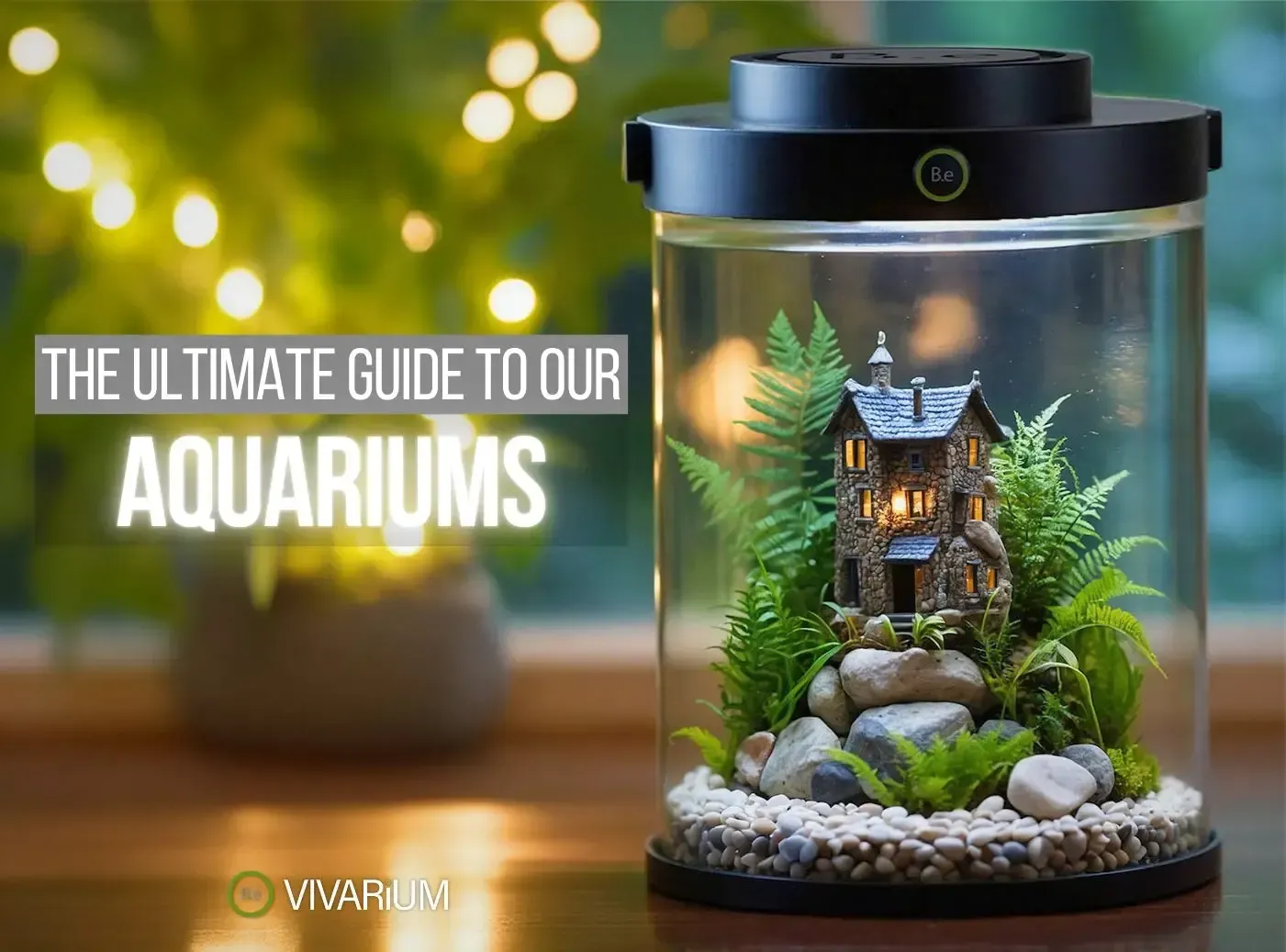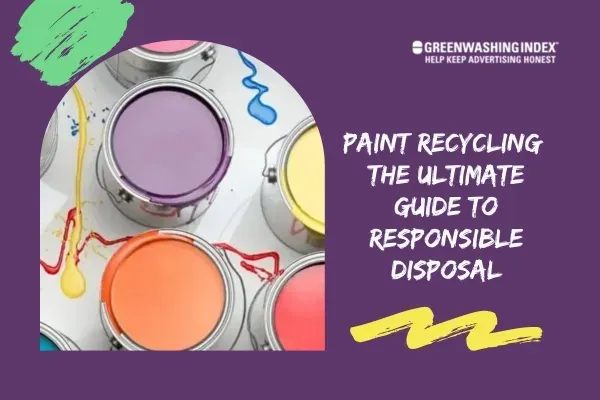Table of Contents
When it comes to gardening, Soil pH is a critical factor that can make or break your plants' health. Whether you're a seasoned gardener or just starting out, understanding soil pH is essential for ensuring your plants thrive. At lilyflower.homes, we're here to guide you through the basics of soil pH, how to measure it, methods to adjust it, and long-term strategies to maintain optimal conditions. Investigate in and uncover how simple adjustments can lead to a flourishing garden.

Master Soil Ph: Ultimate Guide
Understanding Soil pH: The Basics

Understanding Soil Ph The Basics
What is Soil pH?
Soil pH is like the thermostat for your garden. Just like a thermostat controls the temperature in a room, soil pH controls the acidity or alkalinity of the soil. It's measured on a scale from 0 to 14. A pH of 7 is neutral, anything below 7 is acidic, and anything above 7 is alkaline. Most plants prefer a pH between 6.0 and 7.5, which is pretty close to neutral.
Why does soil pH matter? Well, think of it this way: if the soil is too acidic or too alkaline, your plants will have a hard time absorbing the nutrients they need. It's like trying to drink a milkshake with a straw that's too small—frustrating and ineffective!
- Neutral pH: 7.0
- Acidic pH: Below 7.0
- Alkaline pH: Above 7.0
Why Soil pH Matters
Imagine you're at a fancy dinner party, and the food is delicious, but you can't eat it because your mouth is too dry. That's kind of what happens to plants when the soil pH is off. They can't absorb the nutrients they need, no matter how much fertilizer you add.
For example, if you're growing lilies, they prefer a slightly acidic soil with a pH between 6.0 and 6.5. If the soil is too alkaline, the lilies might struggle to take up important nutrients like iron and magnesium. This can lead to yellow leaves and poor growth. So, keeping an eye on your soil pH is crucial for a healthy, thriving garden.
Measuring Soil pH: Tools and Techniques

Measuring Soil Ph Tools And Techniques
Using a Soil pH Meter
Hey there, fellow gardening enthusiast! Measuring your soil's pH is easier than you think. One super cool way is using a soil pH meter. It's like a magic wand for your garden! You simply stick the probe into the soil, and *whoosh*—you get a reading. It's quick, accurate, and way less messy than some other methods. Think of it as a super-powered, scientific way to check your soil's personality. Some meters even give you readings of moisture and temperature. Pretty neat, huh? I love the instant feedback it gives. No more guessing games!
Remember that time I tried to grow those prize-winning tomatoes? I thought the soil was fine, but the meter showed it was way too alkaline. My tomatoes were grumpy and yellow, not the vibrant red I’d hoped for. A quick pH adjustment and they bounced back! Using a meter saved my tomato crop (and my achievement!). A well-calibrated meter is your best friend. It’s an investment that pays for itself in healthy plants and delicious harvests! Check out our guide on soil requirements to learn more about creating the perfect soil mix for your plants.
Method | Pros | Cons |
|---|---|---|
Soil pH Meter | Fast, accurate, easy to use | Can be expensive, needs calibration |
The DIY Approach: Soil Testing Kits
If you're on a budget or just prefer a more hands-on approach, soil testing kits are a great option. These kits usually involve mixing a soil sample with a special solution and then comparing the resulting color to a chart. It's a bit like a science experiment, and it’s surprisingly accurate! You can find these kits at most garden centers. They’re usually pretty inexpensive, making them a good starting point for beginners. It’s a fun way to get involved with the process, and you'll learn a lot about your soil along the way.
I remember using a kit when I first started gardening. It was a bit confusing at first, but once I got the hang of it, it was pretty straightforward. The color changes were pretty dramatic, making it easy to see the results. Just make sure you follow the instructions carefully—accuracy is key! Remember to take multiple samples from different areas of your garden to get a more accurate overall think about. Knowing your soil's pH is the first step towards creating a thriving garden. For more tips on growing healthy plants, visit our helpful guide on fertilizing lilies
- Gather a soil sample.
- Mix it with the solution.
- Compare the color to the chart.
Adjusting Soil pH: Methods and Tips
Now that you know how to measure your soil's pH, it's time to talk about adjusting it. Think of your soil pH like a thermostat – you want to find the perfect temperature for your plants to thrive. If your soil is too acidic or too alkaline, it can be like trying to grow plants in a oven or a freezer. Not ideal! Thankfully, adjusting your soil pH is easier than you think. One way to do it is by adding organic matter like compost or manure. These natural wonders can help neutralize your soil's pH and create a balanced environment for your plants.
I remember when I first started gardening, I had no idea how important soil pH was. I was growing this beautiful lily, and it just wasn't thriving. I did some research and discovered that my soil was way too alkaline. So, I added some compost and waited patiently. And voilà! My lily started growing like crazy. It was like a little miracle. If you're experiencing similar issues, try adjusting your soil pH and see the difference it can make.
Check out our guide on compost types to learn more about the different options available.
Method | Pros | Cons |
|---|---|---|
Adding Compost | Natural, cost-effective, and easy to apply | Can take time to break down and affect soil pH |
Lime or Sulfur | Quick results, widely available, and affordable | Can be harsh on plants, and over-application can lead to imbalanced soil pH |
Another way to adjust your soil pH is by using lime or sulfur. These products can quickly raise or lower your soil's pH, but be careful not to overdo it. Too much lime or sulfur can be like adding too much salt to a recipe - it can ruin the whole dish. Start with small applications and monitor your soil's pH regularly to avoid any imbalances.
For more tips on maintaining a healthy soil pH, check out our article on .
Maintaining Optimal Soil pH: LongTerm Strategies
Regular Testing and Adjustment
Keeping your soil pH in check is a bit like maintaining your car. You wouldn’t just set it and forget it, right? Regular testing is key to making sure your soil stays in the sweet spot. I recommend testing your soil at least twice a year, in spring and fall. This way, you can catch any changes early and make adjustments before they become a big problem.
For instance, a few years back, I noticed my lilies weren’t looking as perky as usual. I tested the soil and found it had become more acidic over the winter. A little lime later, and they were back to their vibrant selves. For more tips on keeping your plants healthy, check out our .
Season | Testing Frequency | Common Issues |
|---|---|---|
Spring | Once | Acidification |
Fall | Once | Alkalization |
Mulching and Composting: Your Best Friends
Mulching and composting are like the dynamic duo of soil health. Mulch acts as a protective blanket, keeping the soil cool and moist while also slowly breaking down to add organic matter. This helps to balance the soil pH over time. Plus, it looks neat and tidy in the garden.
Composting is a bit like feeding your soil a nutritious meal. It's rich in nutrients and microorganisms that help to maintain a healthy pH. I love to mix in a layer of compost every spring. It’s like giving my plants a booster shot of goodness. For more on mulching, check out our guide.
- Apply a 2-inch layer of mulch around plants.
- Mix in a 1-inch layer of compost in spring.
- Water regularly to help the compost break down.
Final Thought
Understanding and managing soil pH is a powerful tool in any gardener's toolkit. By following the steps outlined in this article, you can create the perfect environment for your plants to flourish. Remember, a healthy soil pH is key to a lush and vibrant garden. Happy gardening, and don't hesitate to visit lilyflower.homes for more tips and tricks!